Category: neuroscience – Page 271
Can a Lab-Grown “Mini Human Brain” Really Fly a Butterfly? Breaking Down FinalSpark’s New Tech
Try brilliant FREE for 30 days: https://brilliant.org/ihm/And get 20% off an annual membership!Biocomputing company FinalSpark released footage of a human br…
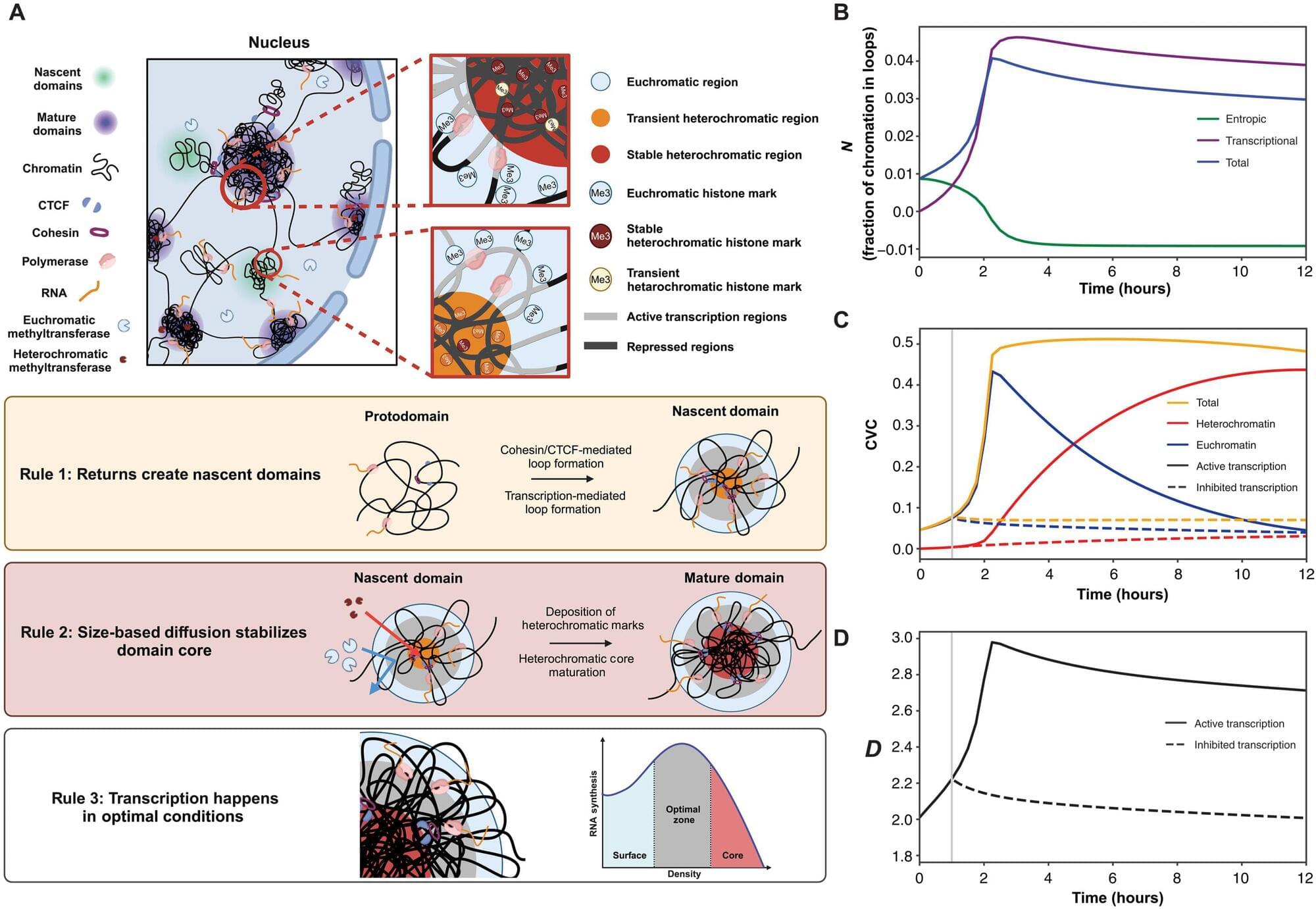
Chromatin fiber’s genomic ‘memory’ governs the building blocks of life, study reveals
Northwestern Medicine scientists have discovered new details about how the human genome produces instructions for creating proteins and cells, the building blocks of life, according to a pioneering new study published in Science Advances.
While it’s understood that genes function as a set of instructions for creating RNA, and thus proteins and cells, the fundamental process by which this occurs has not been well-studied due to technological limitations, said Vadim Backman, Ph.D., the Sachs Family Professor of Biomedical Engineering and Medicine, who was senior author of the study.
“It is still not fully understood how, despite having the same set of genes, cells turn into neurons, bones, skin, heart, or roughly 200 other kinds of cells, and then exhibit stable cellular behavior over a human lifespan which can last for more than a century—or why aging degrades this process,” said Backman, who directs the Center for Physical Genomics and Engineering at Northwestern. “This has been a long-standing open question in biology.”

Living at high altitudes may alter how the brain processes emotions
A new study published in the journal Neuroscience has found that long-term exposure to high-altitude conditions can slow down the way people recognize faces and change the way their brains process emotions. The research compared young adults living at high altitudes with those living at lower altitudes and found that the high-altitude group not only took longer to recognize emotional faces but also showed distinct changes in their brain activity.
Long-term residence in high-altitude environments has been linked to a greater occurrence of mental health challenges, such as anxiety and depression. Statistics show that depression is significantly more common in high-altitude regions compared to lower areas. Studies focusing on people who migrate to or work in high-altitude places, like those in Tibet or the Himalayas, have consistently shown that the reduced oxygen levels at these elevations can negatively impact emotional well-being. Moving to high altitude regions has been reported to increase the chances of experiencing depression, anxiety, and even suicidal thoughts.
Depression is known to be closely related to negative patterns in how we think and process information. A strong connection exists between depression and a tendency towards negative thinking, fixating on negative thoughts, and difficulty controlling impulsive behaviors. This relationship has been observed in soldiers stationed in high-altitude areas; those with poorer mental health tend to exhibit stronger negative biases in their thinking. This negative thinking bias can also influence how we perceive facial expressions, which is important for social interactions. For instance, individuals with depression tend to show heightened brain responses to negative facial expressions and take longer to shift their attention away from them. Brain activity patterns, measured through electroencephalography, can even be used to detect depression based on how the brain reacts to emotional stimuli.
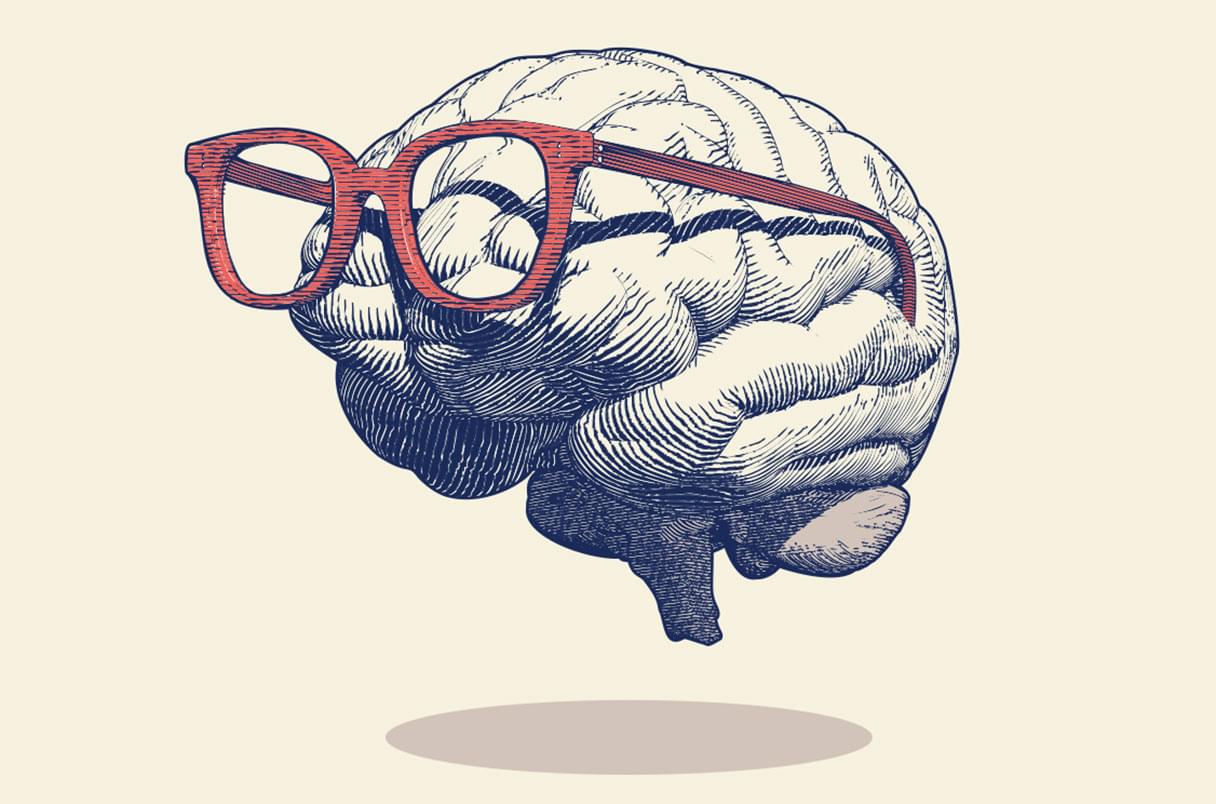
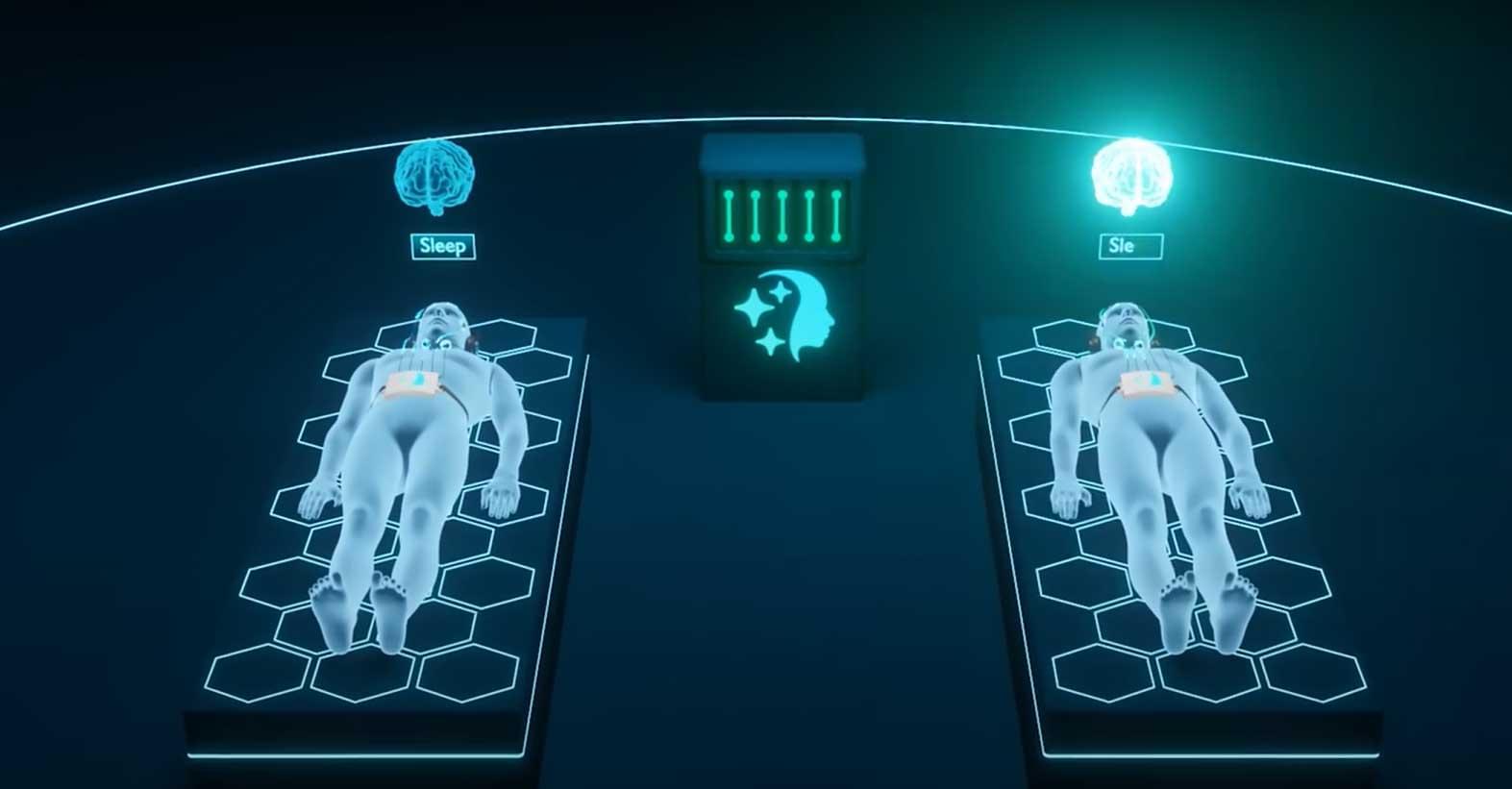
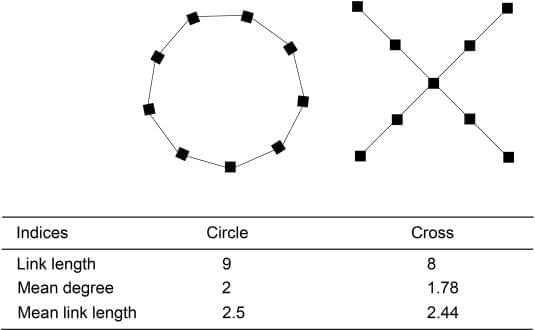
Spatial resource arrangement influences both network structures and activity of fungal mycelia: A form of pattern recognition?
Scientists discovered that a species of fungus can sense its surroundings and make strategic decisions.
A new study suggests that the fungus Phanerochaete velutina might have a surprising ability — recognizing shapes and adjusting its growth strategy accordingly.
Researchers from Tohoku University conducted experiments where the fungus was placed in different spatial arrangements and observed how it spread. Rather than expanding indiscriminately, the mycelium formed connections, retracted excess strands, and focused its foraging in strategic directions.
In circular arrangements, tendrils avoided the center, while in cross-shaped formations, the outermost blocks served as primary hubs for exploration.
This behavior hints at a level of perception and decision-making previously unrecognized in fungi.
The findings add to growing evidence that fungi exhibit a form of primitive intelligence, capable of memory, learning, and problem-solving. Scientists believe this research could expand our understanding of cognition in non-animal organisms, as well as inspire innovations in bio-computing.
The ability of fungal networks to process information and optimize resource allocation without a brain challenges conventional ideas about intelligence. As studies continue, fungi may offer fascinating insights into decentralized decision-making and ecological adaptation.

Under Anesthesia, Where Do Our Minds Go?
Mashour is one of a small set of clinicians and scientists trying to change that. They are increasingly bringing the tools of neuroscience into the operating room to track the brain activity of patients, and testing out anesthesia on healthy study participants. These pioneers aim to learn how to more safely anesthetize their patients, tailoring the dose to individual patients and adjusting during surgery. They also want to better understand what governs the transitions between states of consciousness and even hope to crack the code of coma.
Your brain on anesthesia
Today’s anesthetic arsenal eschews Morton’s original formula for newer, safer drugs. These include ether-based inhalants such as sevoflurane and isoflurane, and the widely used, intravenous anesthetic propofol, all of which wear off faster than early ether-based anesthetics, enabling quicker recovery. (They are also less likely to cause fires and explosions in the operating room, a regular occurrence through the first half of the 20th century.) Despite these improvements, the risks associated with excessive sedation remain high. Depending on the complexity and length of surgery, between 17 and 43 percent of patients may have cognitive problems, typically in memory and executive functions.1 These typically last only one to two weeks after surgery, but few rigorous studies have examined changes in cognitive function in the general population beyond six months after surgery.
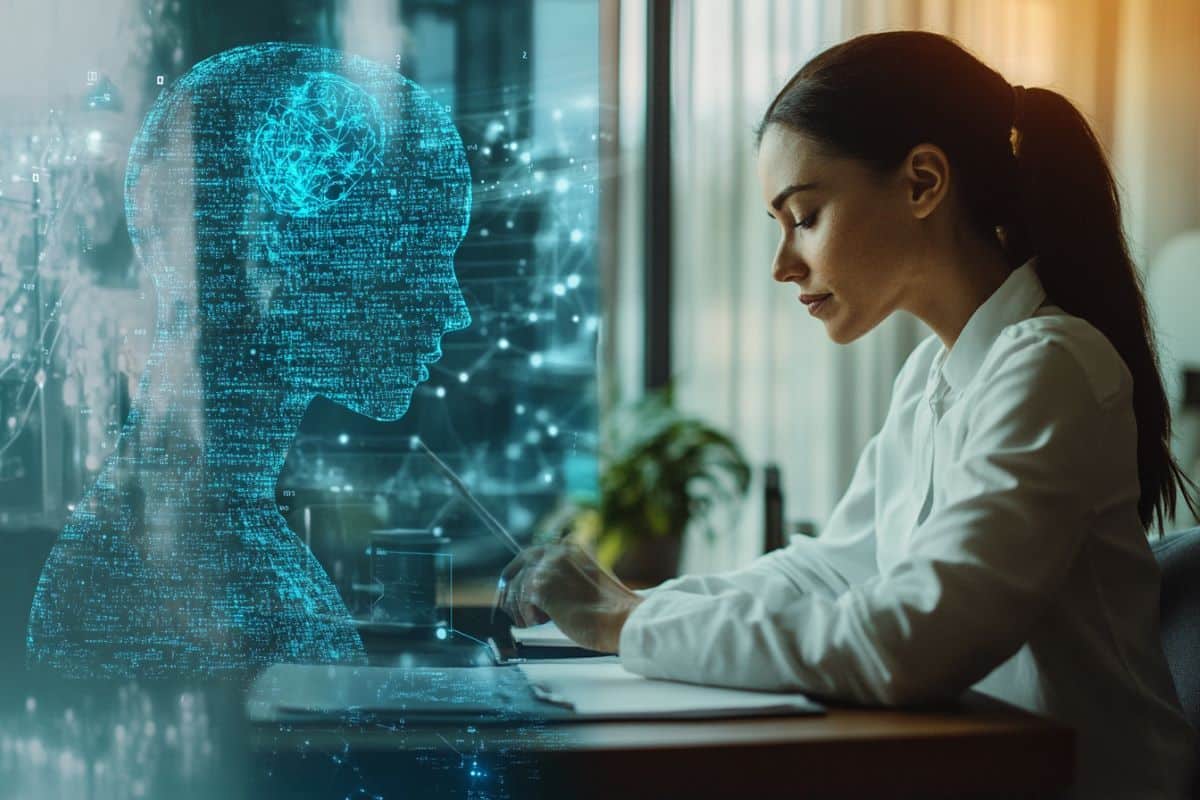
AI vs. Human Therapists: Study Finds ChatGPT Responses Rated Higher
Summary: A new study suggests that ChatGPT’s responses in psychotherapy scenarios are often rated higher than those written by human therapists. Researchers found that participants struggled to distinguish between AI-generated and therapist-written responses in couple’s therapy vignettes. ChatGPT’s responses were generally longer and contained more nouns and adjectives, providing greater contextualization.
This additional detail may have contributed to higher ratings on core psychotherapy principles. The findings highlight AI’s potential role in therapeutic interventions while raising ethical and practical concerns about its integration into mental health care. Researchers emphasize the need for professionals to engage with AI developments to ensure responsible oversight.